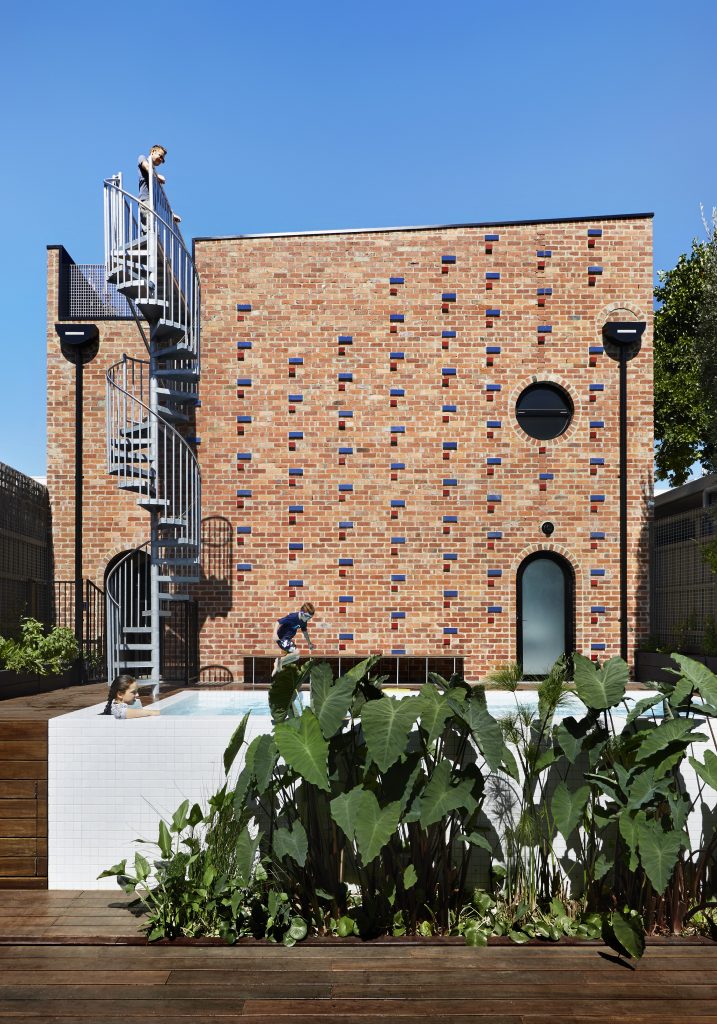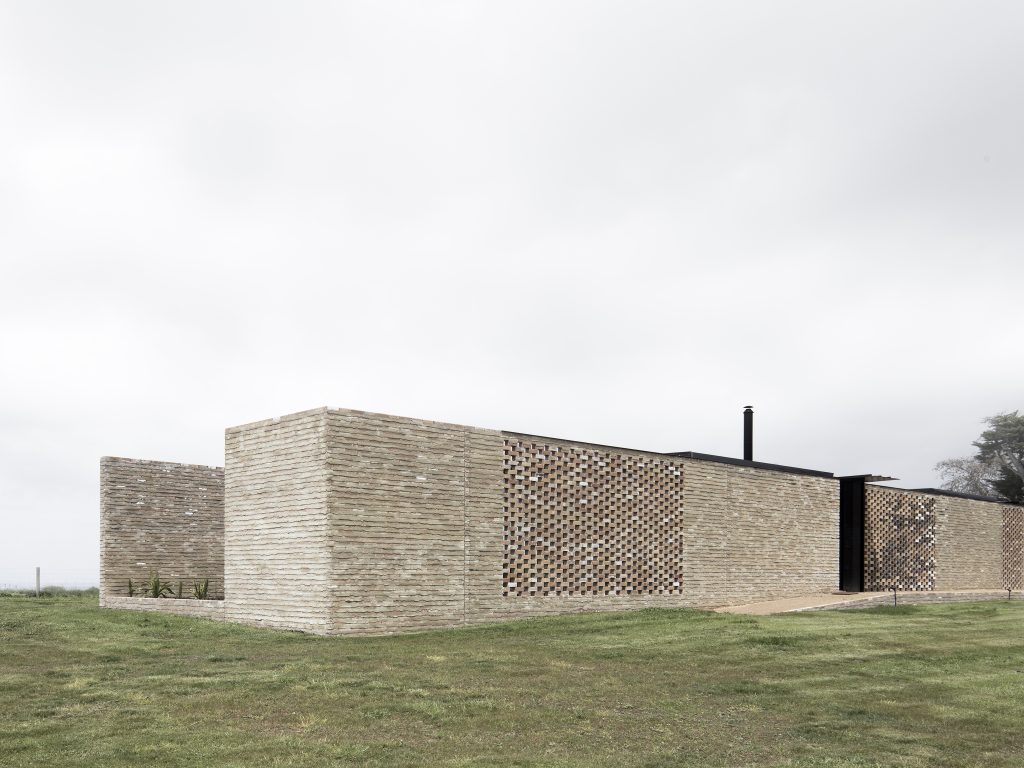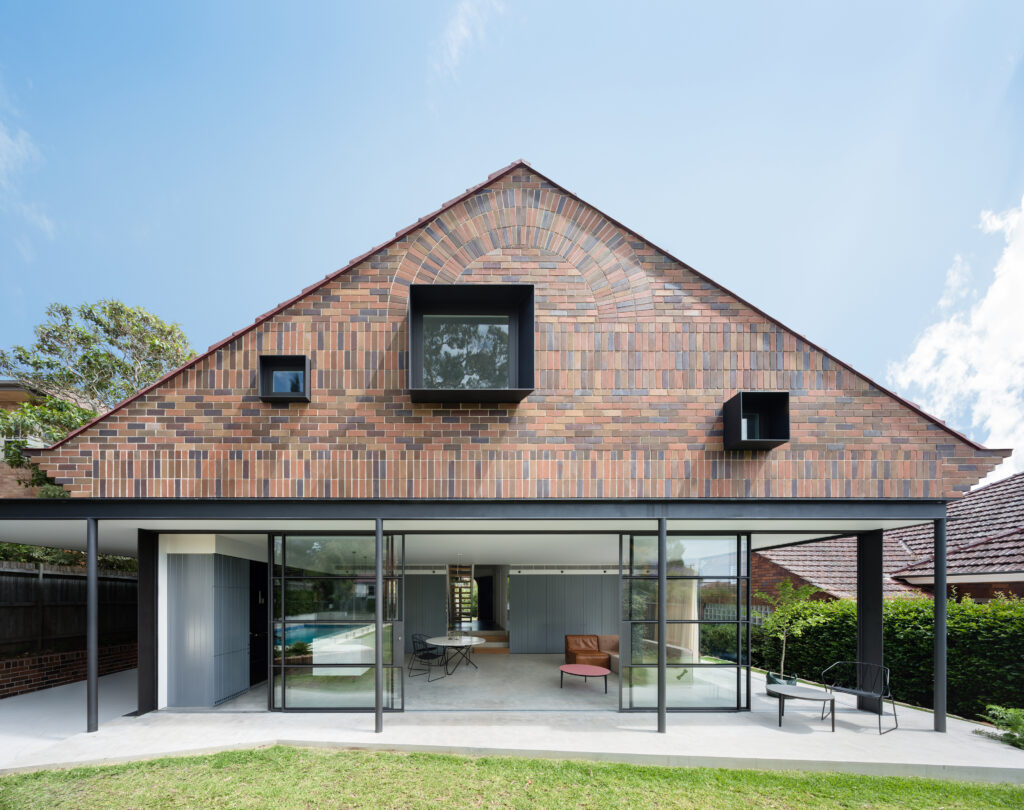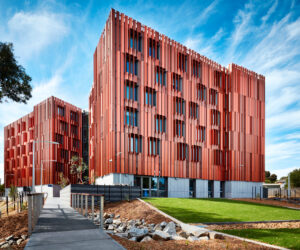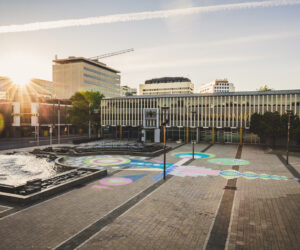Sustainability on the agenda at 2018 Think Brick Awards
The Think Brick Awards, Australia’s richest design awards, has announced its jury members for 2018 with a line up of leading industry experts and influencers.
This year’s awards, which will be announced at a gala dinner on 23 August 2018, will be judged by a jury looking for a unique range of design factors.
Think Brick Australia CEO, Elizabeth McIntyre, said, “The Think Brick 2018 jury all bring an impeccable architecture pedigree, passion, and a keen eye for the best in design.”
“The jury will be looking for projects that apply materials in a sophisticated way using clay bricks, concrete masonry, pavers and roof tiles. And this year, they will also be looking for the best design for the new entrant award category worth another $10 000 in prize money.”
The jury members are:
- Sam Klopper, Klopper & Davis
- David Brand, OOF! architecture
- Miriam Green, Tribe Studio
- Stuart Vokes, Vokes and Peters
- Fooi-Ling Khoo, OOF! architecture
David Brand, OOF! architecture, is looking for something not just beautifully designed but for functionality and respect in the material: “I’m looking for work that has been detailed with a sense of joy, and insight, and respect for the material.”
Sam Klopper, Klopper & Davis, is looking for an exciting use of brick work: “I want to see innovation and explorations of material in interesting, whimsical and clever ways.”
Fooi-Ling Khoo, OOF! architecture, is looking for complexity and hybridity is design: “I’m looking for projects that love the brick-ness of bricks – and this doesn’t necessarily mean a traditional use of brick. Brick is an ancient building material that is also evocative of our 21st century digital/pixel culture. I’d love to see a beautiful marriage of those ideas.”
Stuart Vokes, Vokes and Peters, is looking for authentic construction and detailing in the brick work of the applicants: “Brickwork is one of the few remaining true hand crafts on the contemporary building site and I admire a building that reveals the fundamental nature and timeless presence of brick.”
Miriam Green, Tribe Studio, is looking at the wider context as well as the detail: “I’m looking for architecture that celebrates the brick and at the same time makes a contribution to a broader conversation about materiality and context, construction and detailing, performance and quality.”
thinkbrick.com.au/think-brick-awards
We spoke with Think Brick Australia CEO, Elizabeth McIntyre about sustainable developments in the brick industry ahead of this year’s event.
What are the strengths of bricks from a sustainability perspective?
Brick is currently one of the most widely used recycled building products, particularly in architectural design. Brick is highly durable, even after fire it maintains its strength.
Compared to other materials, brick walls have multiple benefits for sustainability from structural, acoustic comfort, thermal comfort, fire resistance, impact resistance, durability, and recyclability.
Bricks are energy-efficient as they help reduce internal temperature fluctuations throughout all seasons. Bricks help keep a building within a comfortable temperature range, absorbing the daytime heat and releasing it during the colder hours of the night. Walls with bricks enhance a buildings’ overall thermal performance and can reduce the need for artificial energy.
Due to bricks’ high thermal mass, pairing a double brick wall with cavity insulation requires the least energy throughout the seasons.
Due to their longevity and durability, buildings made of brick can be renovated easily, eliminating the need to construct a whole new building. Bricks are all recyclable and can be salvaged and reused for new buildings. [They] are made from all natural materials, so you don’t need to worry about contaminating the earth when they are disposed.
What are some of the latest sustainable innovations in bricks?
The changes in the production of bricks have become the latest innovation in sustainability. Manufacturing plants have been re-engineered to make use of high-efficiency tunnel kilns, which use natural gas with all heat and clay waste being recycled within the plant.
In Australia, there is only a small percentage of material wastage when bricks are manufactured. Most leftover bricks are returned to be reused or recycled. This means the wastage from construction sites is significantly reduced.
Most water used in the manufacturing of brick is recycled. Recently, the energy used to dry bricks has also significantly decreased. Lots of brick manufacturers are doing what they can to make brick production more efficient and reduce the company’s carbon footprint. Some manufacturers are using methane gas from landfills or sawdust to partially or totally fire their kilns, still using natural gas as the primary fuel source which generates no hazardous emissions.
In architectural design, bricks represent a permanent presence and stability, and recycled bricks are enjoying newfound popularity.
